Same Day Shipping EMI & COD on most products
Trusted Partner Since 1969
GST B2B Billing  Help
Help  00919699976817
00919699976817
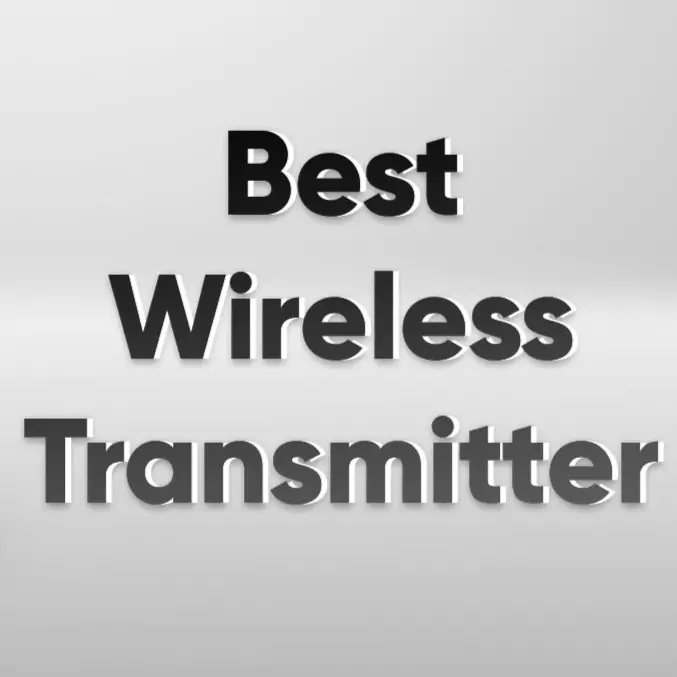
Showing all 14 results
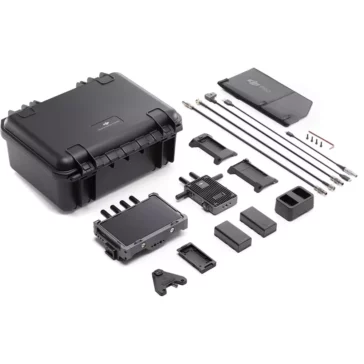
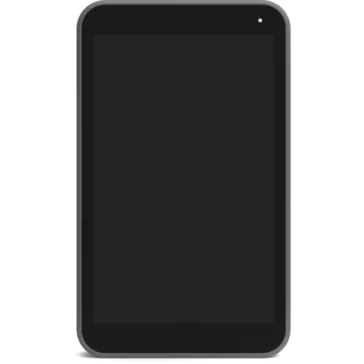
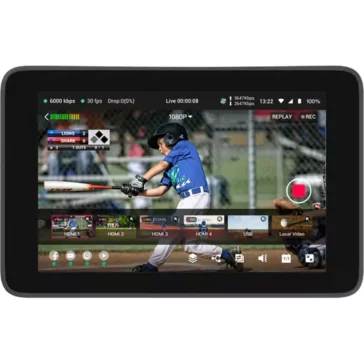
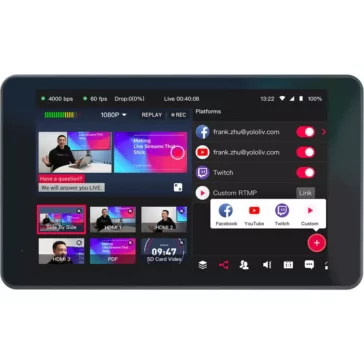
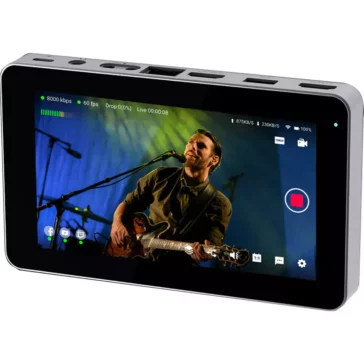
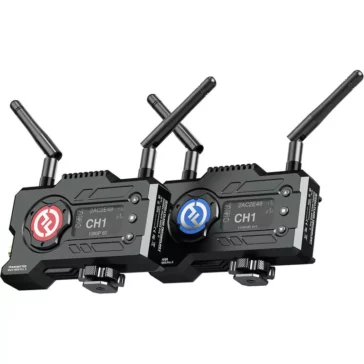
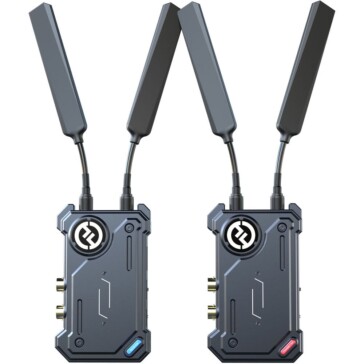
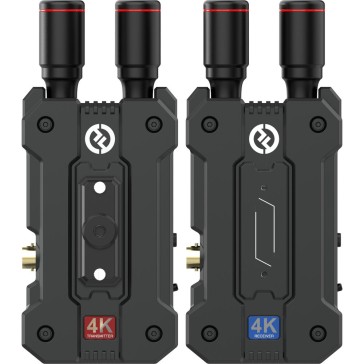
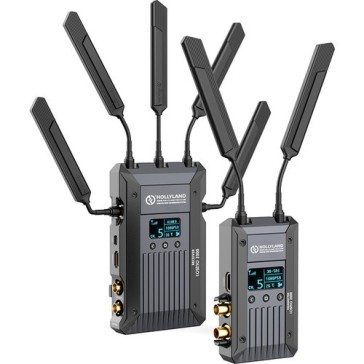
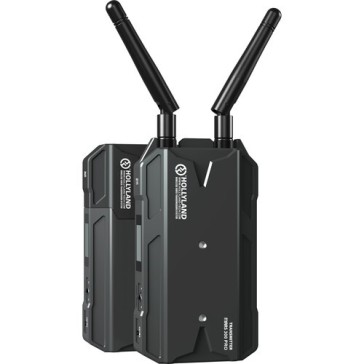
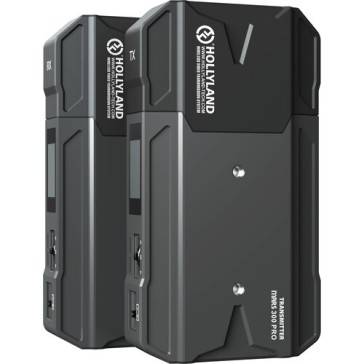
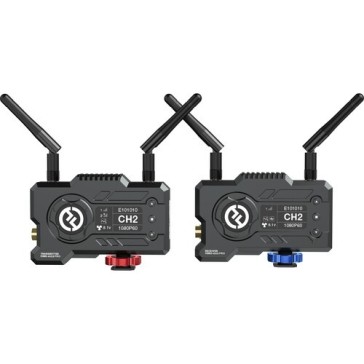
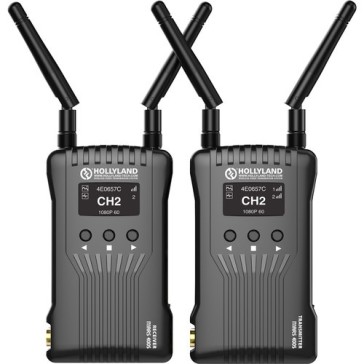
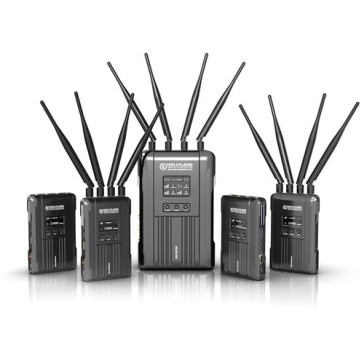
Wireless Video Transmission: A Comprehensive Guide
The digital age has brought about numerous advancements in technology, and one of the most significant breakthroughs is the ability to transmit video wirelessly. Wireless video transmission has revolutionized the way we share and view content, eliminating the need for cumbersome cables and offering more flexibility in broadcasting and receiving video signals.
Understanding the Basics
At its core, wireless video transmission involves sending video signals from a transmitter to a receiver without the use of physical cables. This is achieved using RF (radio-frequency) signals. The transmitter unit, which can be located at the camera end or video input, sends the signal, and the receiver unit, at the viewing end or video output, receives it.
Key Components of Wireless Video Transmission
Transmitter Unit: This is the device that sends out the video signal. It can be attached to a camera or any video source.
Receiver Unit: This device receives the transmitted signal and can be connected to a display unit like a TV or monitor.
RF Signal: The radio-frequency signal is the medium through which the video data is sent from the transmitter to the receiver.
Benefits of Wireless Video Transmission
Flexibility: Without the need for cables, users have more freedom in placing their equipment.
Cleaner Setups: Eliminates the clutter of cables, leading to neater setups, especially in professional settings.
Mobility: Enables cameras and other video sources to move around freely without being tethered.
Quick Setup: Reduces the time required for setting up equipment, especially beneficial for on-the-go productions.
Choosing the Right Equipment
When selecting wireless video transmission equipment, it’s essential to consider the range, latency, and compatibility with other devices. Different systems cater to various needs, from broadcasting live events to setting up surveillance cameras.
Future of Wireless Video Transmission
With advancements in wireless video transmission technology, we can expect higher resolutions, longer ranges, and even more reliable connections in the future. As technology continues to evolve, the possibilities are endless.
Conclusion
Wireless video transmission is a game-changer in the world of broadcasting and surveillance. By understanding its basics and benefits, users can harness its full potential and elevate their video experiences.
The primary technology behind wireless video transmission is the use of RF (radio-frequency) signals. The transmitter unit sends out the video signal using this RF signal, and the receiver unit captures it, allowing for the video to be viewed without the need for physical cables.
Wireless video transmission eliminates the need for physical cables, offering more flexibility and mobility. In contrast, wired transmission requires cables to connect the video source to the display, which can limit placement and movement.
While wireless video transmission offers numerous benefits, there are limitations. Factors like range, interference from other devices, and physical barriers can affect the quality and reliability of the transmission. It’s essential to choose the right equipment based on specific needs to mitigate these challenges.
Wireless video transmission has significantly impacted the broadcasting industry by offering more flexibility in camera placement, quicker setups, and the ability to capture dynamic shots without being tethered. It has revolutionized live event broadcasting, sports coverage, and even news reporting.



Most units are shipped same day using professional courier services with tracking.
We work round the clock to ensure you get the highest level of customer satisfaction.
Well packed, Sealed Units are shipped from our warehouse which are waterpoof & sturdy.
Design Info
GST: 27AYUPJ2628P1ZK
No.1, Saremals, Shastri Hall Building,
Nana Chowk, Grant Road West,
Mumbai 400007, Maharashtra, India
New Delhi Branch – South Ex 2, 110049
Also Ships DAILY from Brisbane, Dubai,
Berlin, Barcelona, Detroit & Vancouver.
Connect online / schedule a demo
Call/WhatsApp: +91-9699976817
Email: [email protected]
Live Chat: Business Hours
Follow Us: @designinfo.in
Copyright © 2014-2022 Design Info All Rights Reserved. Feedback on web experience
Since 1969